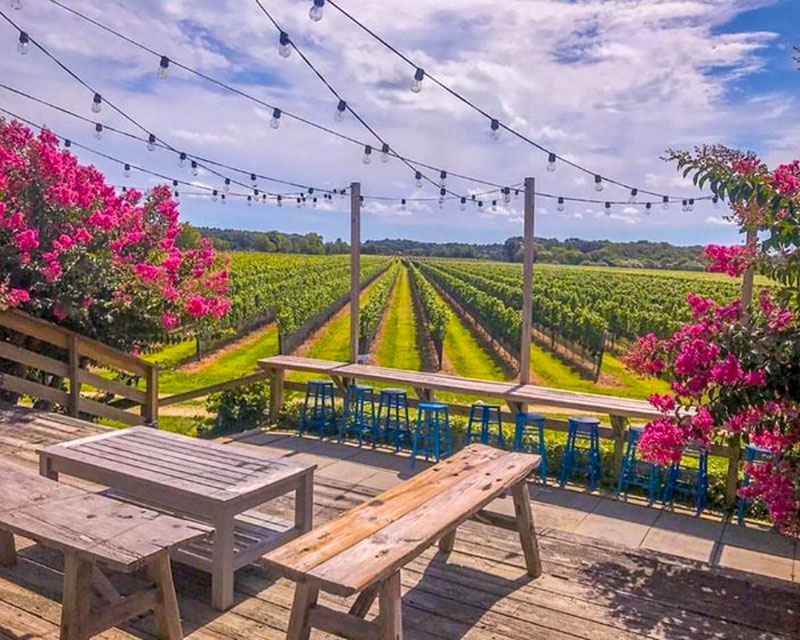Bedell Cellars
Reduces Water Use and Saves on Energy
 Bedell Cellars in Long Island, New York, consists of the winery, tasting room, open air pavilion, and banquet/reception building. From August to November 2013, Bedell worked with the New York State Pollution Prevention Institute (NYSP2I) at Rochester Institute of Technology (RIT) to assess their water, chemical, and energy use and identify opportunities to reduce their impact.
Bedell Cellars in Long Island, New York, consists of the winery, tasting room, open air pavilion, and banquet/reception building. From August to November 2013, Bedell worked with the New York State Pollution Prevention Institute (NYSP2I) at Rochester Institute of Technology (RIT) to assess their water, chemical, and energy use and identify opportunities to reduce their impact.

Achievements to date
In 2011, Bedell helped launch a new organization called Long Island Sustainable Winegrowing to promote sustainability in the wineries of Long Island. Bedell has shown a dedication to sustainability by adopting various sustainable practices in their vineyard and winery operations. These practices include minimal use of synthetic fertilizers; composting of grape waste; integrated pest management practices to minimize pesticide use; use of low impact fungicides only when needed; building of deer migration corridors, bluebird houses, and beehives; and avoidance of wine additives.

Opportunities
After performing a site assessment of Bedell Cellars, NYSP2I specialists made a series of recommendations to improve the winery's sustainability strategy. These are listed below.
To reduce water use:
- Invest in a high pressure, low flow spray unit. This equipment cleans effectively by boosting the water pressure while keeping the flow rate low. Therefore, the cleaning action is provided by pressure not by volume. The high pressure system is expected to reduce harvest water use by 60%. Harvest water use represents about 40% of the annual water use during a 3 month period.
To be more energy-efficient:
- Use foam insulation on the chiller piping. Bedell’s chiller with 2 compressors led to large energy losses, where there are approximately 40 feet of uninsulated piping used to transfer chilled glycol fluid. Adding insulation to the piping will reduce energy losses.





